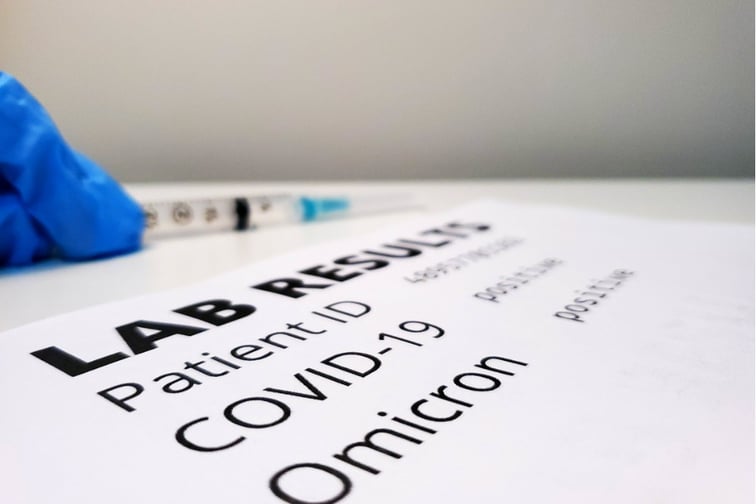

The response of the insurance and legal industries to the COVID-19 pandemic has prompted positive change, a Clyde & Co guide has set out.
The COVID-19 pandemic has dramatically changed various industries across the globe, including insurance. In its guide, global law firm Clyde & Co delved into the impact of the pandemic on the insurance and legal industries.
“The insurance or legal industries [are], in a number of ways, hardly recognisable from the position pre-pandemic. However, that is not necessarily a bad thing. Although the COVID-19 pandemic continues to have a significant impact on economies around the world and is likely to do so for many years to come, the agility of the insurance industry and adaptability of the legal world have prompted positive change, which was unthinkable in 2019,” the guide’s authors, Jon Turnbull and Annie Wood, said.
The pandemic put immense pressure on a myriad of industries, including the global insurance industry and its sectors – with a surge in claims during an uncertain environment (prompted by challenges to wordings) and the involvement of regulators and lawmakers “on a scale which has never seen before,” the guide said.
However, the insurance industry remained resilient while engaging with regulators and industry trade bodies to provide legal guidance and lower overall cost to policyholders. In Australia, for example, two test cases were commenced by agreement between certain insurers, the industry body (the Insurance Council of Australia), and the complaints authority (the Australian Financial Complaints Authority) to clarify coverage under business interruption (BI) insurance policies.
“For many insurers and reinsurers, their wordings had not been drafted with the pandemic in mind, and so were not underwritten on the basis that they might provide, or would exclude, such cover,” the guide's authors said. “The pandemic also affected multiple sectors at once, rather than being focused on a particular market. The scale of the losses the insurance industry has experienced is, therefore, not only startling, as might be the case for a particularly bad event in the catastrophe market, but also almost completely unexpected.”
The guide's authors expected ensuing losses to continue. They said: “As decisions are handed down in the first wave of litigation between insurers and policyholders, this will generate a second wave of litigation, as parties seek to resolve gaps and ambiguities.
“In addition, as losses mount, reinsurers will likely bear a higher proportion of claims as insurers exceed their retentions. This will, in turn, generate further litigation on complex legal issues. For example, reinsureds and reinsurers can be expected to test definitions of ‘event’ and ‘occurrence’ in the context of the pandemic when aggregating losses under a reinsurance policy.”
On the bright side, the past three years have shown that the insurance and legal industries across the globe are more resilient and adaptable than they may have been given credit for.
“The huge leaps and bounds which have been made in a short space of time have undoubtedly improved efficiency in many ways and will often help parties save future costs by reducing travel fees for in-person meetings or hearings. The adoption of technology should also help futureproof the industries against a multitude of possible scenarios, including extreme weather events and, in the worst-case, another pandemic,” the authors said.
Last month, Clyde & Co released a report delving into trends changing the Australian insurance regulatory landscape this year.
